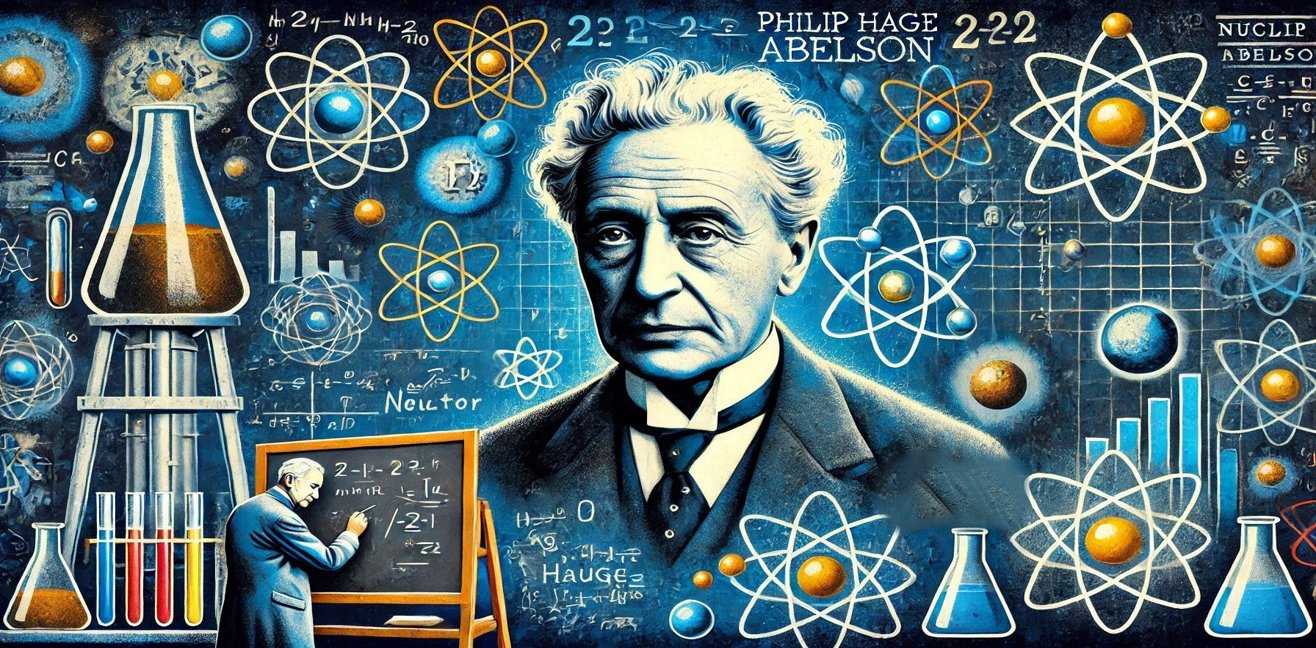On April 27, 1913, Philip Hauge Abelson, one of the prominent figures in the world of science, was born. A Nobel laureate in Physics, Abelson was recognized for his contributions to the field of nuclear chemistry, leaving a deep mark on the scientific community.
Abelson’s scientific career focused on understanding the fundamental structure of the atom. His research, particularly on the discovery and properties of subatomic particles, gained significant attention. With his work, Abelson offered the scientific world a new perspective and became an important figure in the field of nuclear chemistry.
One of Abelson’s most significant contributions was the discovery of “neutrons,” a type of subatomic particle involved in nuclear reactions. This discovery is considered one of the cornerstones of nuclear physics and chemistry and made a substantial contribution to the development of modern nuclear technologies.
Abelson’s scientific legacy is not limited to his discoveries; he was also known for his passion for science and his dedication to mentoring students. Throughout his career, Abelson inspired many young scientists, working diligently to help them develop their abilities and encouraging their contributions to scientific research.
Abelson passed away in 2004, leaving a great void in the scientific community. However, his work continues to live on within the scientific world and remains an inspiration for future generations. Abelson’s legacy will continue to inspire many scientists who push the boundaries of science and contribute to the accumulation of human knowledge.
Philip Hauge Abelson will be remembered and appreciated as an important figure who advanced humanity under the light of science.




